
Part 4 - Hooks, End Tackle & Fishing Line
Sean Martin, Ben Thomas and Galen Yerex
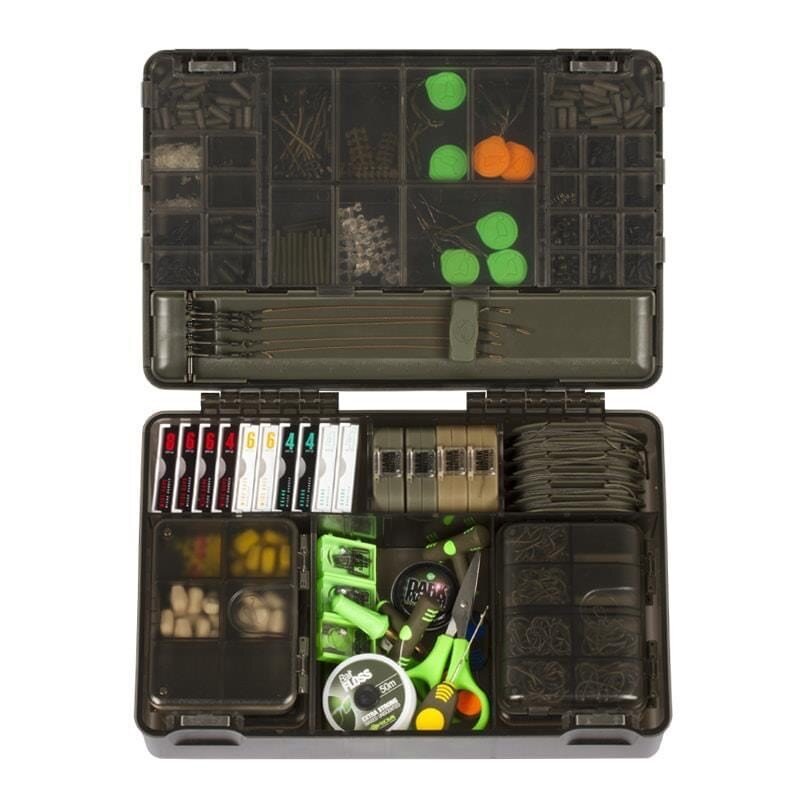
Now that we have some options for you with regards to rods, reels, and accessories, let us dive into the wonderful world of end tackle and fishing lines. I know we are trying to keep things simple yet affordable in this series, but in my opinion, this is the one area when purchasing some more expensive, and higher quality products can make all the difference. You can easily and confidently compensate for lower end gear with quality line and tackle.
Fishing Line: Having a line that can handle a big fish but can also safely break away if needed is very important to the safe handling of the fish. With mono, you want a line with high abrasion resistance yet enough stretch to absorb some of the pressure and help reduce wear on the line as well the fish. If you are using braids, I highly recommend tying on a mono or fluorocarbon leader (approximately 6-10ft) using the trusty Uni knot, which provides the stretch of a lighter, more versatile leader, while still having the reliability and toughness of a heavier, braided main line. Generally, one would use braid when fishing smaller, weedy, and wooded swims, while using mono on the bigger lakes and rivers, with rocky and sandy bottoms. When it comes to line test for Carp, I would recommend 15lb + for mono and fluorocarbon, and 25lb + for braids. In my opinion, braid is the way to go when it comes to a main line, while utilizing a mono or fluorocarbon leader. Seagar, Spiderwire, and Berkley to name a few, are all very good options and readily available at most retail stores. When it comes to line colors, I would highly recommend either a brown, green, or camouflage.
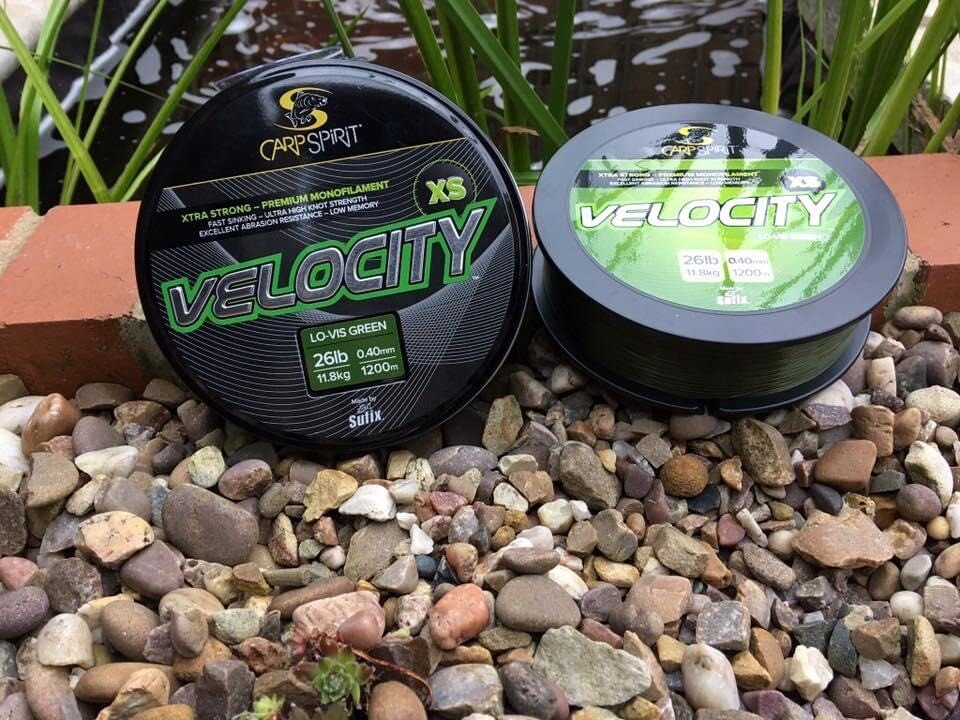

Hooks: A sharp hook is critical when it comes to not only fish care, but your overall success in general, as using dull, worn hooks can result in dropped takes, and can harm the fish. Much like using cheaper lines that tend to break more often than one would like, using lower grade hooks can result in hook bends, twists, and even breaks, so finding a hook made from quality steels is important. Another important factor when choosing a hook is the strength and sharpness of the point. Remember you are going to be fishing off bottom, and your hook is likely going to contact rocks, and wood amongst other things, so having a strong point that will hold up, and maintain its sharpness is very important. Next you need to choose a suitably sized hook for your quarry, and there are a few to pick from. Most Carp anglers are typically using sizes ranging from 2 to 12 respectively but my favorite and most trusted is a size 4 Gardner Mugga. There are many different styles to choose from as well, but I would highly recommend using, an octopus or curve shank style hook if available. Gamakatzu and Berkley are some good starting points and readily available. I highly recommend a black or matte finish if available.
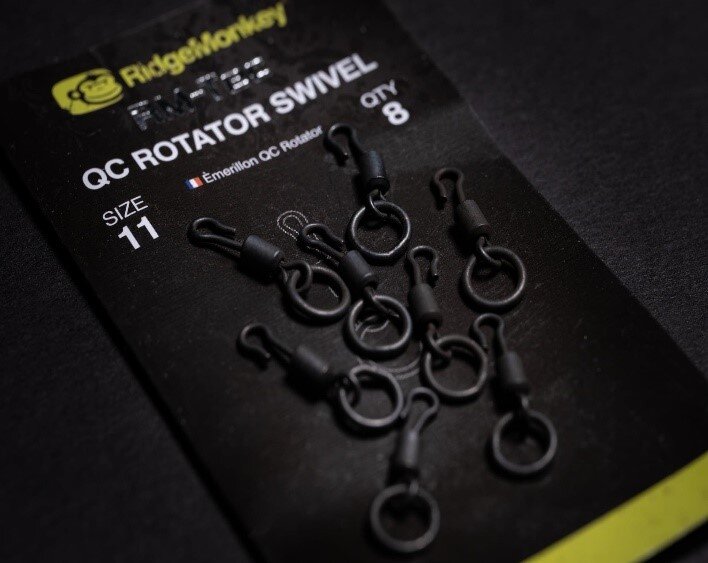
Swivels, links, and stops: Here is where things can get a little overwhelming when it comes to terminal tackle, as there is such a wide variety of options available, but one does not need to complicate things when it comes to some simple setups. First off you need to decide whether you are going to use an inline or a clip-on setup. When using an inline all one needs is a two-way swivel where a clip-on approach requires a three-way swivel. The average Carp anglers will use swivels from size 8 -12 respectively (size 8 is my go to) and will mix and match depending on their chosen rigs. These are all readily available at retail stores and come in a variety of finishes, but I would highly recommend going with a black option if available. Carp have such a keen sense of site, so having some more covert tackle is critical when trying to entice a bite, especially on those slower days. Now there are some more carp specific swivels and links available online as well, such as c-clip swivels for quick change of rigs, big eye swivels for inline setups, 360 and Ronnie swivels, amongst other various sized speed links, hook stops and break away clips, respectively.
Weights and Putties: When it comes to weights for Carp fishing specifically, you notice there are quite a few shapes, weights, and styles available, ranging anywhere from 1oz all the way up to 4-5ounces, with some using even bigger depending on their location. These can be found in shapes ranging from tear drops, squares, flat, pyramid, and torpedo respectively, and all having different uses depending on the type of bottom your dealing with. There are even feeder weights available which feature ribs or bumps to help pack baits grip better. Most Carp anglers are using inline and clip-on drop leads respectively, but in my opinion Inline is the better and easier option to use, with less opportunity for tangles. Unless you are fishing fast flowing rivers you will most likely want to use a 1.5 – 2.5oz weight for your setup, and I would also recommend using an inline flat pear, or square pear style if available. Now if you have been reading or online you may have heard mention of tungsten putties. These are a soft, pliable putty specifically designed for Carp fishing, which are mostly used for pinning your line down close to your rig to prevent spooking the fish, and line bumps, as well as to help suspend certain hook baits such as Pop ups at your desired height by pinching a small piece just below the hook eye. These putties can be a little on the expensive side but can be quickly and easily applied without the risk of damaging your line, unlike when using standard split shots. Try and select a color that will help conceal your setup like a natural stone or gravel if available.
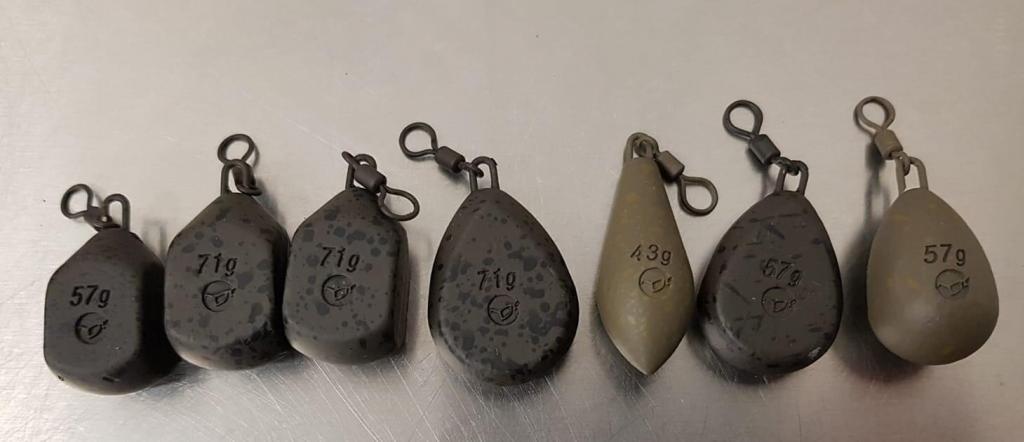
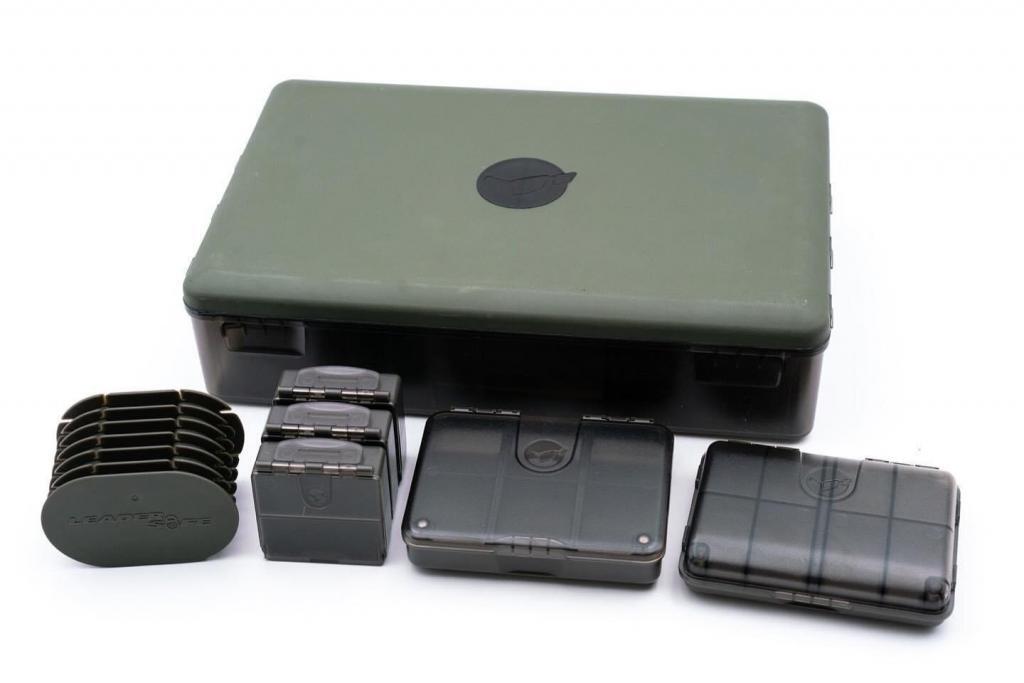
Tools and Storage: When it comes to tools for Carp fishing, you will want to be sure to have a few select pieces such as, scissors, pliers, a lighter, and if possible, a baiting needle (these are used to apply bait to certain rigs such as the ever popular and effective hair rig) but a simple sewing needle will do the job. When it comes to storage, I would highly recommend getting yourself a good quality container or fishing box such as Plano organization trays and box sets. There are also some high quality yet affordable options online which are more Carp specific such as rig wallets which allow you to store pre tied rigs without the hassle of tangles. Whether buying at your local retail store or online, a quality storage system will help keep you organized and provide quicker changes to your setup when on the banks. It is all about maximizing your time spent with the rods in the water at the end of day.
Now that you are armed with some basic knowledge when it comes to finding the fish, knowing a few simple baits, and knowing what to look for when it comes to equipment, lines, and tackle, we hope that you and your family can share and enjoy this amazing sport we call Carping for many years to come, and that you will have the confidence to head out and discover new waters and the many treasures they hide.

